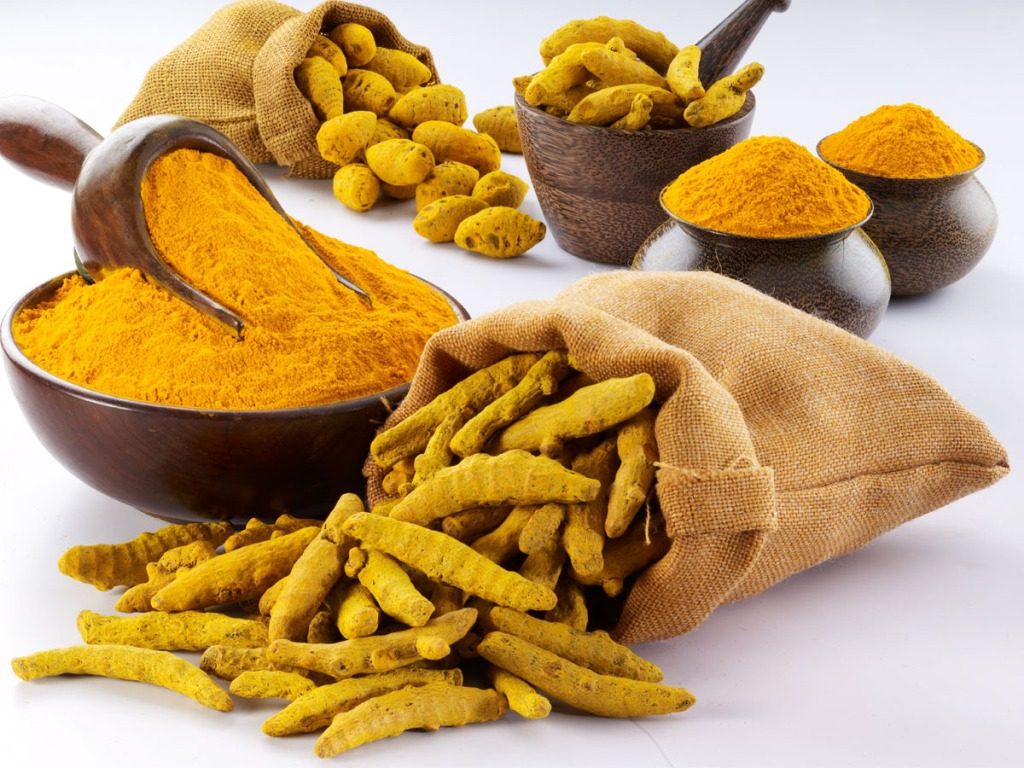Medical scientists in the US have found yet another use for curcumin, the bioactive component of turmeric that is widely used in Indian cuisine, this time to cure cancer in children.
Turmeric provides a novel treatment
- Researchers have found that nanoparticles loaded with curcumin can offer a novel
- treatment to target and destroy neuroblastoma tumour cells.
- Neuroblastoma is the most common cancer in children younger than five years old.
- High-risk neuroblastoma can be resistant to traditional therapy, and survival can be poor.
- The cancers start in early nerve cells and commonly form in the tissue of the adrenal glands, near the kidneys.
- They are also associated with developmental delays, hearing loss, or other disabilities even after traditional treatments have ended.
- In their study, the researchers attached curcumin to cerium oxide nanoparticles and
- tested the nano-curcumin formulation in cell lines of a high-risk form of neuroblastoma.
Also read:Dogs with cancer may survive longer with high cholesterol - “This formulation induced substantial cell death in neuroblastoma cells while producing no or only minor toxicity in healthy cells,” says their report.
- Furthermore, curcumin has been shown to have substantial anti-cancer ability, but its
- low solubility and poor stability have restricted its use in therapeutic applications.
- Furthermore,According to a statement from UCF, the study conducted by its scientists demonstrates a novel
- method of treating this tumour “without the toxicity of aggressive therapy” and shows
- that nanoparticles can be “an effective delivery vehicle” for cancer drugs.
Treatment of Tuberculosis
- The fact that curcumin, when formulated as nanoparticles, is able to increase its bioavailability
- and thereby improve its therapeutic ability has earlier been shown by Indian scientists as
- well at the Jawaharlal Nehru University (JNU) in New Delhi in the case of tuberculosis (TB).
Also read:Child abuse deeply linked to gender inequality: Study - In addition the current therapy for TB involves treatment with antibiotics such as Isoniazid (INH).
- But the long treatment required with INH invariably leads to premature withdrawal by
- patients resulting in the TB organism developing drug-resistance.
- Furthermore, Prof. Gobardhan Das and his colleagues at the JNU had reported their study last month
- which showed that mice treated with curcumin nanoparticles – as an adjunct to INH
- “exhibited a dramatically accelerated clearance of the TB organisms in a short time”.
